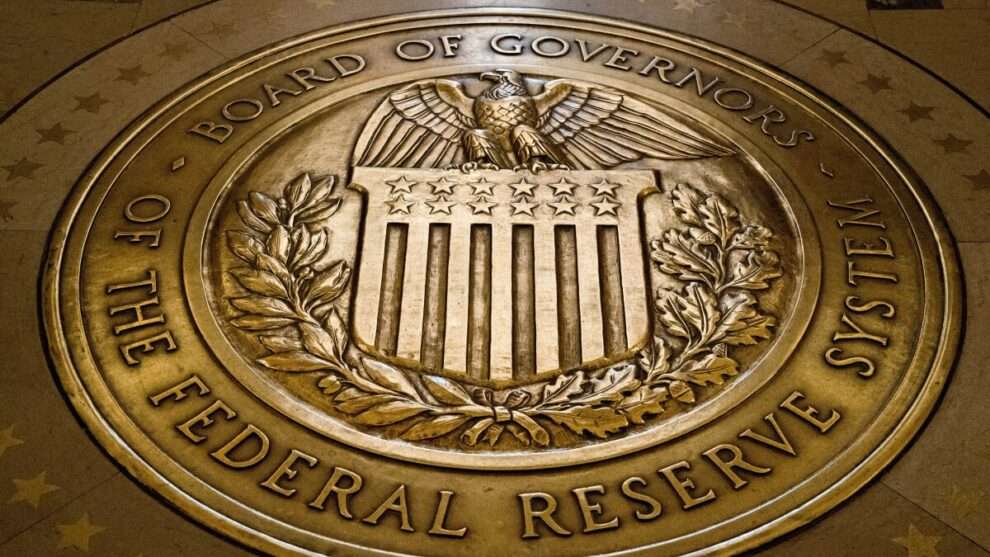The December meeting minutes appear to cast cold water on the likelihood of cuts beginning in March.
Claire Jones in Washington and Harriet Clarfelt in New York reported that most Federal Reserve officials aimed to maintain higher borrowing costs for an extended period, as revealed by the minutes of their December meeting. This further raises uncertainties regarding the likelihood of the US central bank initiating interest rate reductions as early as March.
Although officials expressed confidence in the Fed’s efforts to curb inflation, they were cautious about committing to an immediate easing of monetary policy, as detailed in the meeting’s published records on Wednesday.
The minutes showed that policymakers “reiterated the importance of maintaining a restrictive policy stance for an extended duration until there was clear and sustained progress in bringing inflation down towards the [Federal Open Market] Committee’s target.”
In December, policymakers surprised markets by suggesting three quarter-point interest rate cuts throughout 2024. While officials still viewed rates as potentially being at or near their highest levels, they also acknowledged “an unusually high level of uncertainty” in this year’s economic outlook.
The report underscores the Federal Reserve’s dilemma as it endeavours to conclude an era of aggressive interest rate hikes without compromising its commitment to curbing inflation, thus preserving its credibility as an inflation fighter.
David Kelly, chief global strategist at JPMorgan Asset Management, remarked, “They’re not ready to declare victory,” referring to the Fed’s fight against inflation. He further characterized the central bank officials as a “rather gloomy, worried bunch,” based on insights gleaned from the minutes.
Jeremy Schwartz, economist at Nomura, highlighted a perceived lack of certainty among Fed officials regarding their success in controlling inflation. He noted a discrepancy between the market’s anticipation of swift rate cuts and the Fed’s cautious stance.
Despite a cautious tone, policymakers acknowledged a more balanced outlook for inflation, removing a previous reference to inflation remaining “unacceptably high” from prior minutes.
Market reactions to the Federal Open Market Committee (FOMC) minutes were relatively subdued. Yields on the US government’s benchmark 10-year bond dipped by 0.04 percentage points to 3.91 percent in Wednesday afternoon trading in New York, while the two-year yield remained unchanged at 4.32 percent. Conversely, the S&P 500 sustained a 0.6 percent decline, and the Nasdaq Composite index, heavy on technology stocks, fell by 1 percent.
Despite the Fed’s official projection of three cuts in its “dot plot,” futures markets continued to price in approximately six interest rate cuts for the entirety of 2024.
Speculation on the timing and depth of rate cuts in 2024 continues among Fed observers. David Kelly indicated a probable initial cut in June, contingent upon a robust economy. The dovish tone of the December meeting and Chair Jay Powell’s subsequent comments fueled expectations of potential cuts as early as mid-March.
However, FOMC officials have cautioned that the decision to reduce rates is far from definitive. Andrew Hollenhorst, economist at Citi, highlighted a discrepancy between market expectations and the Fed’s cautious approach, suggesting that the market’s pricing may be overly aggressive.
Richmond Fed President Thomas Barkin, a voting member of the FOMC, cautioned that the battle against inflation was ongoing. He suggested that more action, either organically or through Fed intervention, might be necessary to convince price-setters that inflationary pressures were subsiding.
Barkin’s remarks briefly pushed 10-year Treasury yields above 4 percent, although this move was largely reversed by midday in New York.
The Fed’s decision in December maintained the federal funds rate at a range of 5.25 percent to 5.5 percent, marking a 22-year high. The return of double-digit inflation prompted successive interest rate hikes totaling 525 basis points between 2022 and 2023. However, the sharp decline in price pressures during the latter part of 2023 led to a pause in rate hikes since July.
The resilience of the US economy in the face of declining inflation despite robust growth and low unemployment has raised hopes for a gentle economic slowdown.
In December, FOMC projections indicated that most officials anticipated rates to conclude 2024 between 4.5 percent and 4.75 percent. Expectations for further rate decreases in 2025 led to forecasts ending the year between 3.5 percent and 3.75 percent.
The projections hinge on the core Personal Consumption Expenditures index declining to 2.4 percent in 2024 and 2.2 percent in 2025 before aligning with the central bank’s 2 percent target by 2026. Unemployment is anticipated to marginally rise from 3.8 percent to 4.1 percent.



























Add Comment